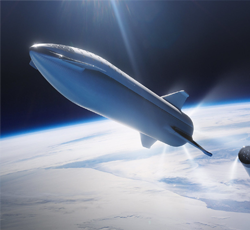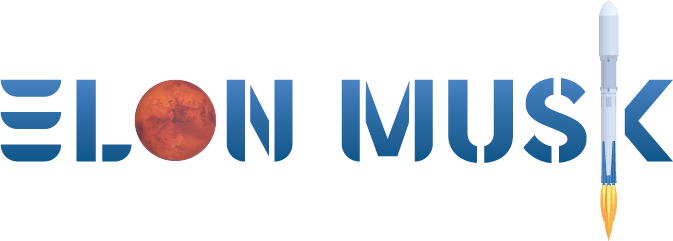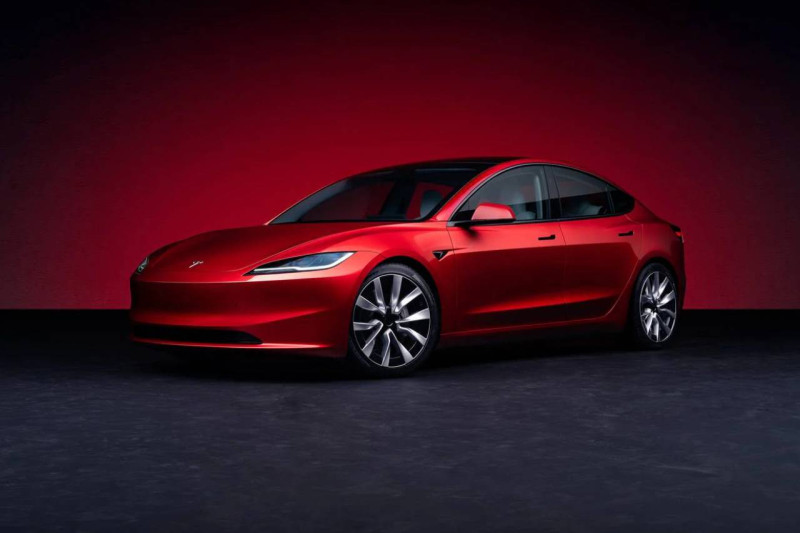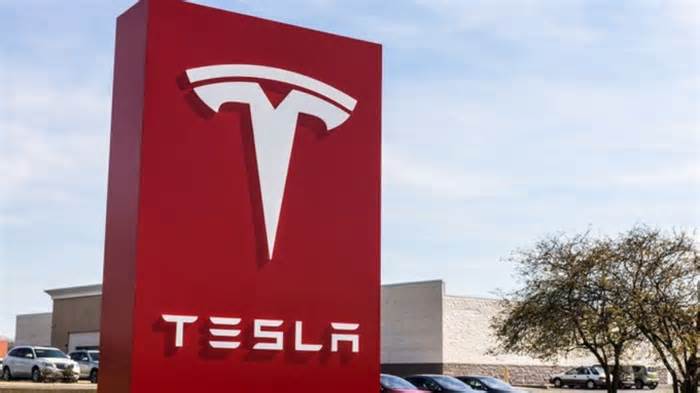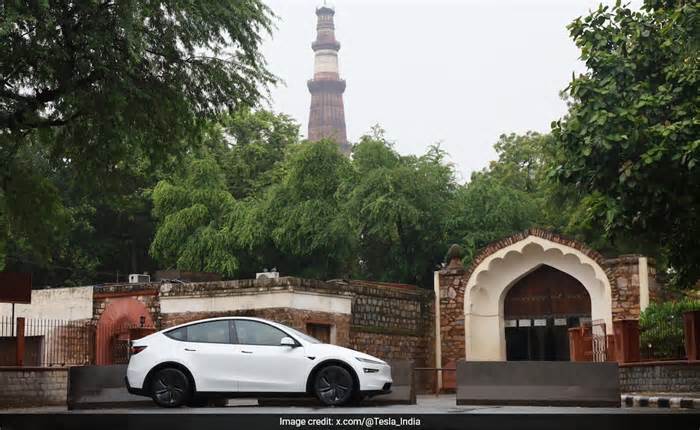
SpaceX Losing Exclusivity to the NASA Artemis 3 Lunar Lander
- by NextBigFuture
- Oct 21, 2025
- 0 Comments
- 0 Likes Flag 0 Of 5

NASA’s acting administrator Sean Duffy says he plans to “open up the contract” SpaceX holds to land astronauts on the moon for the Artemis 3 mission because the company has fallen behind schedule.
Duffy previously maintained that Artemis 3 would launch in 2027, the agency’s official target, even as multiple Starship test flight failures earlier this year made that timeline increasingly unlikely.
President Gwynne Shotwell, assured him Starship would be ready for Artemis 3.
In his Oct. 20 interviews, Duffy acknowledged that Artemis 3 likely would not launch in 2027.
One of the competitors Duffy mentioned was Blue Origin, which has a separate HLS award to develop its Blue Moon Mark 2 lander for missions beginning with Artemis 5. Blue Origin has studied ways to adapt its smaller Blue Moon Mark 1 lander for a crewed mission, although one industry source described those concepts as jury-rigged and noted that Mark 1 currently cannot lift off from the lunar surface with any useful payload.
Blue Origin Plans
NASA has requested “acceleration approaches” from Blue Origin by October 29, 2025, potentially awarding a modified contract worth up to $1-2 billion to adapt Blue Moon for Artemis III.
To qualify, Blue Origin must evolve its current uncrewed MK1 cargo lander (capable of delivering up to 3 metric tons to the lunar surface via New Glenn) into a fully crewed system meeting NASA’s stringent HLS requirements for transporting two astronauts from Orion (in Near Rectilinear Halo Orbit) to the lunar south pole, supporting surface operations, and returning them safely.
They would need to leverage the larger Mark 2 (MK2) design elements (awarded $3.4 billion for Artemis V in 2023) while compressing timelines. Below are the key steps, grouped by category, based on NASA’s Statement of Work (SOW) for HLS and Blue Moon’s status.
1. Technical Development and Upgrades
Blue Moon MK1 is a single-stage cargo lander focused on precision landings (anywhere on the Moon) using Blue Origin’s BE-7 engine cluster, but it lacks crewed elements like an ascent stage or life support.
Develop Crewed Architecture: Integrate an ascent propulsion system (e.g., additional BE-7 engines for lunar takeoff) and a descent/ascent vehicle capable of carrying 2 crew + ~100 kg of samples/tools. Add a pressurized crew cabin, docking port compatible with Orion’s passive docking system (or an Active-Active Docking Adapter for Gateway), and interfaces for EVA suits (supporting 4+ hours of surface activity with 2 km walk-back capability).
Enhance Propulsion and Landing Systems: Upgrade the Main Propulsion System (MPS) and Reaction Control System (RCS) for cryogenic propellant management (liquid hydrogen/oxygen boil-off control, slosh mitigation), precise powered descent to 84°S–90°S latitudes within 100 m (3-sigma accuracy), and ascent to NRHO.
Demonstrate fault-tolerant thrust vectoring and abort capabilities during reorientation/translation.
Incorporate Core Subsystems: Build Environmental Control and Life Support System (ECLSS) for cabin pressurization, CO2 scrubbing, temperature/humidity control, and 90+ days of consumables (oxygen, water, food). Add Guidance, Navigation, and Control (GNC) for autonomous rendezvous/proximity operations/docking; thermal protection for lunar day/night cycles; and power systems (solar arrays/batteries) for 30+ days of surface ops.
Software and Avionics: Develop Class A/B flight software per NASA standards (NPR 7150.2), including GNC algorithms, fault detection, and human-in-the-loop interfaces. Provide NASA access for Independent Verification & Validation (IV&V).
These upgrades could draw from MK2’s design, which already targets crew/cargo precision landings, but require rapid prototyping using existing BE-4/BE-7 hardware.
2. Testing and Demonstration Milestones
NASA mandates a “test-like-you-fly” approach, starting with uncrewed demos.Uncrewed Lunar Landing Test: Conduct a risk-reduction flight by early 2026 (leveraging MK1-SN001, currently assembled and entering vacuum testing at Johnson Space Center), landing in the south pole region with 2 hours of post-landing telemetry. Verify GNC, propulsion health, and interfaces via end-to-end simulations.
Ground and Integrated Testing: Perform Assembly, Integration, and Test (AI&T) at Blue Origin facilities, including thermal-vacuum, vibration, and electromagnetic compatibility tests. Conduct joint simulations with NASA’s Orion/Gateway emulators and at least 5 integrated crew training sessions using high-fidelity mockups.
Crewed Qualification: Follow with a crewed orbital test (potentially 2026–2027) demonstrating docking, ECLSS, and abort scenarios, building toward lunar ops.
Blue Origin’s New Glenn rocket (second launch planned for late 2025) must achieve 3 successful flights in a common configuration to certify as the HLS launcher
3. Certification and Safety Assurance
Human spaceflight certification is rigorous, emphasizing failure tolerance and risk mitigation.Design Reviews: Complete Preliminary Design Review (PDR) by mid-2026, Critical Design Review (CDR) by late 2026, and Design Certification Review (DCR) by L-9 months (early 2027), proving maturity, margins (e.g., 20% propellant), and verification plans. Submit System Safety Assessments, Reliability Predictions (>99% success probability), and Hazard Analyses (using FMEA/FTA).
Safety and Reliability: Address planetary protection (Category II-L), micrometeoroid/orbital debris shielding, and human factors (e.g., Decompression Sickness protocols, radiation monitoring). Achieve Flight Readiness Review (FRR) at L-2 weeks, including Lunar Orbit Checkout Review (LOCR) for in-orbit health checks.
Operations Integration: Develop ConOps, Flight Rules, and training plans aligned with NASA’s Mission Control Center-Houston. Co-locate flight teams for real-time ops, with NASA retaining Go/No-Go authority for critical events (e.g., descent initiation).
4. Operational and Programmatic Steps
Proposal and Contracting: Submit a detailed acceleration plan by October 29, 2025, outlining cost, schedule compression (e.g., via off-ramps for simpler MK1 mods), and risk reduction.
Blue Moon’s advantages include no on-orbit refueling (unlike Starship) and use of proven hydrolox propulsion, potentially enabling faster certification.
However, scaling MK1 to crewed ops requires ~1–2 years of intense development, plus $500M–$1B in investment.
What Does SpaceX Have to Do for HLS for NASA Artemis 3
Below are the key remaining steps, drawn from NASA’s HLS requirements, recent GAO assessments, and program updates. These focus on evolving Starship from suborbital/orbital tests to a certified, crew-rated lunar lander.
1. Technical Development and Upgrades
Starship HLS requires adaptations for crewed lunar ops, building on the baseline Starship (methane/oxygen Raptor engines, ~1,200 m³ volume). SpaceX has completed ~24 HLS-specific milestones, including power, comms, and guidance hardware tests, but full integration lags.
Crew Accommodation and Life Support: Finalize pressurized cabin with ECLSS (Environmental Control & Life Support System) for CO₂ scrubbing, humidity control, and 7+ days of consumables (O₂, water, food). Integrate radiation shielding, EVA airlocks for Axiom Space suits, and human factors like seating for microgravity/launch.
Docking and Interfaces: Develop NASA Docking System (NDS)-compatible port for Orion transfer (up to 4 hours), plus Active-Active adapters if needed. Add sample return lockers (~100 kg capacity) and surface tools.
Propulsion Enhancements: Upgrade Raptors for lunar vacuum (throttle to 20-100%), add RCS for precise NRHO maneuvering, and cryogenic systems for boil-off control during 6-day transit. Target 20% propellant margins for aborts.
Landing Gear and Surface Systems: Deployable legs for soft landing within 100 m accuracy at 84°-90°S latitudes; thermal radiators for lunar day/night; solar arrays/batteries for 30+ days idle if needed.
2. Testing and Demonstration Milestones
Orbital Flight Reliability: Achieve 3+ consecutive full orbital missions (launch, stage separation, reentry, splashdown) by mid-2026, proving Block 3 maturity.
Current cadence: ~1/month, needs to scale to bi-weekly or weekly for refueling.
In-Orbit Refueling Demo: Launch a propellant depot to low Earth orbit (LEO), followed by 4-8 tanker Starships to transfer ~1,200 tons of methalox (methane/liquid oxygen) to HLS.
Initial ship-to-ship transfer test NET Q1 2026 (delayed from mid-2025); full campaign (multiple transfers) by late 2026. This is the “biggest threat” to timeline, requiring cryogenic fluid dynamics validation.
Uncrewed Lunar Demo: Launch HLS prototype to LEO, refuel via tankers, perform translunar injection, coast to NRHO, and execute powered descent/landing at South Pole (no ascent needed). NET 2027, delayed from 2025; includes 2-hour surface ops telemetry and hazard avoidance.
Integrated Ground Tests: Conduct vibration/thermal-vacuum at Starbase/JSC; end-to-end simulations with Orion mockups (5+ crew rehearsals); propellant slosh and long-duration storage tests.
3. Certification and Safety Assurance
Human-rating demands >99% reliability; SpaceX must pass phased reviews amid scrutiny from NASA’s Aerospace Safety Advisory Panel (ASAP), which flags “significant delays” possible without 2025-2026 progress.
Design Reviews: Complete Critical Design Review (CDR) by Q4 2025 (Preliminary Design Review done); follow with System Definition Review and Flight Readiness Reviews. Submit hazard analyses (FMEA/FTA), reliability predictions, and planetary protection plans (Category IVb for South Pole).
Safety Protocols: Demonstrate abort modes (e.g., during descent or docking), micrometeoroid shielding, and decompression sickness mitigation. Achieve Flight Certification via independent NASA IV&V for software/avionics.
Risk Reduction: Address ASAP concerns like engine-out tolerance and launch cadence; co-develop ConOps/Flight Rules with NASA for Mission Control integration.
4. Operational and Programmatic Steps
Launch Infrastructure: Certify Starbase for HLS ops. Coordinate with Kennedy Space Center for Orion integration.
Partnership Coordination: Joint tests with Lockheed Martin (Orion) and Axiom (suits); secure secondary payloads and end-of-mission disposal (deorbit to avoid debris).
Timeline Acceleration: Submit NASA-requested path to 2027 plan by October 29, potentially via off-ramps (simplified refueling). GAO notes parallel Artemis II (NET Feb 2026) as a pacing item.
Brian Wang
Brian Wang is a Futurist Thought Leader and a popular Science blogger with 1 million readers per month. His blog Nextbigfuture.com is ranked #1 Science News Blog. It covers many disruptive technology and trends including Space, Robotics, Artificial Intelligence, Medicine, Anti-aging Biotechnology, and Nanotechnology.
Known for identifying cutting edge technologies, he is currently a Co-Founder of a startup and fundraiser for high potential early-stage companies. He is the Head of Research for Allocations for deep technology investments and an Angel Investor at Space Angels.
A frequent speaker at corporations, he has been a TEDx speaker, a Singularity University speaker and guest at numerous interviews for radio and podcasts. He is open to public speaking and advising engagements.
Categories
Please first to comment
Related Post
Stay Connected
Tweets by elonmuskTo get the latest tweets please make sure you are logged in on X on this browser.




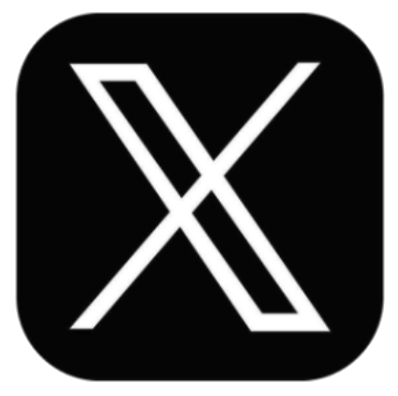
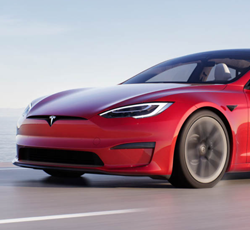
 Energy
Energy